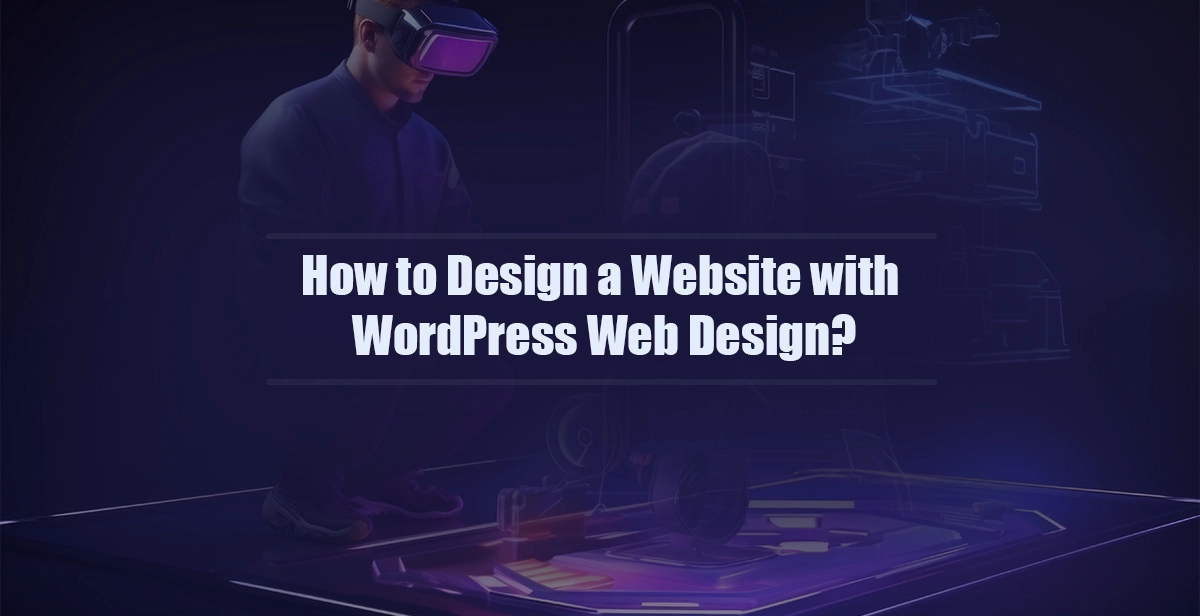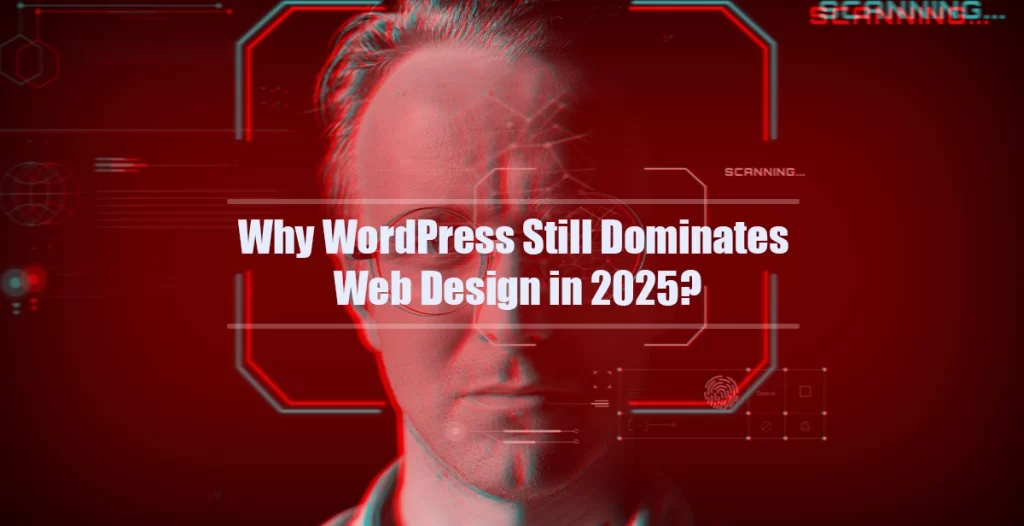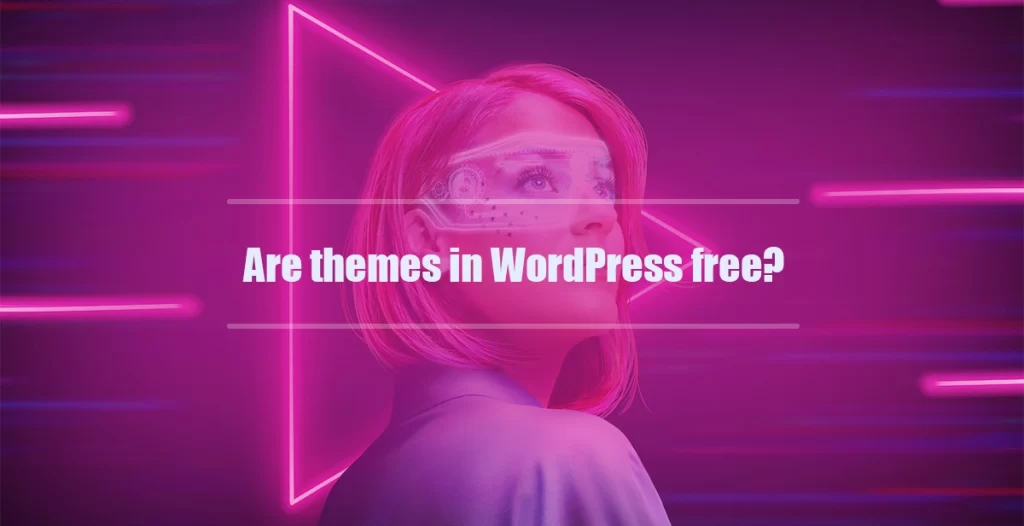Building a website today isn’t just about getting online, it’s about making an impression. Whether you’re a photographer capturing timeless moments, a doctor expanding your reach, or a writer hoping to connect with readers, your website is your digital handshake. And when it comes to ease, control, and creativity, WordPress web design stands out as your go to solution.
Define the Goal of Your WordPress Web Design Project
Before selecting a theme or clicking “Install,” take a step back and ask: What’s the real purpose of my site?
- Architects may need a clean project gallery.
- Physiotherapists might want appointment scheduling features.
- Writers may prioritize a blog with SEO-optimized articles.
Your website’s goal should guide the design process, content structure, and plugin selection, ensuring your WordPress web design is focused, functional, and future ready.
Choose Between WordPress.org and WordPress.com
Your journey into WordPress web design starts with a decision:
- WordPress.com offers simplicity and hosting, but with limited flexibility.
- WordPress.org is self-hosted, giving you full control, perfect for designers and professionals who want a tailored experience.
If you’re serious about branding, performance, and customization, WordPress.org is your best bet for professional web design.
Select a WordPress Theme That Matches Your Identity
A theme is more than a template, it’s your brand’s first impression. Good WordPress web design always starts with the right theme.
Photographers often choose fullscreen, image-heavy themes like Kalium or Flox. Doctors and therapists benefit from clean, reassuring healthcare layouts with trust-building testimonials.
Designers and creatives need modern, responsive themes with sharp grid systems. Pick one that reflects your voice, loads quickly, and adapts beautifully to mobile screens.
Customize Your WordPress Web Design to Stand Out
This is where creativity meets functionality. With page builders like Elementor or WPBakery, you can visually shape every section of your site without needing to code.
For powerful WordPress web design, add only essential plugins:
- SEO Tools: Rank Math or Yoast SEO
- Performance: WP Rocket
- Security: Wordfence
- Contact Forms: WPForms or Ninja Forms
The trick? Keep it light. Every extra plugin impacts speed, speed impacts SEO.
Create Meaningful Content Within Your WordPress Web Design
A beautiful website will only get you so far. Content is the engine. In your WordPress web design, focus on writing that speaks to your audience and satisfies search intent. Share your story, why you started your clinic, what inspires your writing, how your architecture reflects human needs.
Use semantically relevant keywords: “professional WordPress site,” “custom WordPress web design for creatives,” “responsive WordPress site for doctors,” etc. Use headings, bullet points, and visuals to keep your content digestible and engaging.
Optimize Your WordPress Web Design for SEO
A true WordPress web design strategy doesn’t stop at visuals. It must be SEO-ready: Mobile responsiveness is non-negotiable. Fast load times improve rankings and reduce bounce rates. Structured data (schema markup) helps Google understand your content. Internal links keep users exploring longer, increasing engagement and conversion.
Tools like Google Search Console and Ahrefs can help you continuously track your performance and keyword positions.
Test, Improve, and Evolve Your WordPress Web Design
A common mistake? Thinking your website is done after launch.
- Use heatmaps to watch how visitors interact.
- Run A/B tests on call-to-action buttons.
- Collect feedback, what do users love or struggle with?
The beauty of WordPress web design is adaptability. Whether you’re adding a new service, publishing blog posts, or launching an online store, WordPress makes evolution easy.
Final Thoughts: Your Brand Deserves Better Than a Template
WordPress web design isn’t about just having a website, it’s about crafting a memorable experience that speaks to your audience and grows your business. With the right tools, a clear purpose, and strategic content, your WordPress site can become more than a digital placeholder. It can become your brand’s most powerful asset.
Is WordPress Hard to Learn?
A Beginner’s Guide to WordPress Web Design Without the Overwhelm
Let’s be honest, starting anything new can feel intimidating. Maybe you’re a doctor who’s never touched a website editor, or a photographer who’s more comfortable behind a lens than behind a keyboard. So it’s fair to ask: Is WordPress hard to learn?
The short answer? Not really, especially if you’re using WordPress for web design.
Let’s walk through it together, from the lens of someone who’s not a developer or a techie.
WordPress Web Design Starts Simple Even If You’re Not “Tech-Savvy”
When most people hear “web design,” they imagine complex coding, Photoshop mockups, or hiring expensive developers. But WordPress web design breaks that mold.
- The dashboard is intuitive, like using Microsoft Word or Google Docs.
- You don’t need to write a single line of code to get started.
- Themes and plugins do most of the heavy lifting, from layout to functionality.
So no, WordPress isn’t hard to learn, it’s built for regular people with real businesses and real stories to tell.
The Learning Curve of WordPress Web Design: Gentle, Not Steep
Think of WordPress like learning to ride a bike. The first few minutes might feel awkward, but once you get going, it becomes second nature.
In your first week, you’ll easily learn how to: Install a theme, create pages (Home, About, Contact), write blog posts, add images and buttons, install plugins (for forms, SEO, security).
By week two, you’ll be customizing layouts, building contact forms, and maybe even integrating booking systems, all part of modern WordPress web design.
Tools That Make WordPress Web Design Easier Than Ever
Today, you don’t need to be a developer to build a beautiful site. Tools like:
- Elementor or Beaver Builder let you drag and drop sections exactly where you want them.
- Block editors (Gutenberg) make it easy to format content visually.
- SEO plugins like Yoast or Rank Math guide you in optimizing content without needing SEO expertise.
Thanks to these innovations, WordPress web design is now more accessible to beginners than ever before.
Support and Tutorials Are Everywhere in the WordPress Web Design Community
Still worried? Don’t be. WordPress has one of the largest communities online. YouTube tutorials, blogs, and forums offer step-by-step guides tailored to all skill levels. Thousands of designers, developers, and enthusiasts are just a search away.
If you’re stuck, someone else has likely had the same problem, and solved it. This rich support system makes learning WordPress web design much less stressful and way more empowering.
5. Mistakes Are Normal—And Part of the WordPress Web Design Journey
Whether you’re a writer, architect, or therapist, you’ve had to learn new tools before. Websites are no different. Made a design mistake?
You can always preview before publishing. Chose the wrong theme? You can switch anytime without losing content. Broke something? WordPress backups and restore plugins make it easy to recover.
Don’t let perfectionism stop your progress. WordPress web design allows you to build, break, and rebuild without penalties.
Final Answer: WordPress Isn’t Hard, It’s Just New
So, is WordPress hard to learn? Not if you start with the right mindset and the right guidance. With drag-and-drop tools, pre-built themes, and a welcoming community, WordPress web design puts the power of the web in your hands, no coding required.
For creatives, professionals, and anyone who wants control over their online presence, WordPress offers a gentle learning curve and long-term freedom.
Does WordPress Require Coding?
The Truth About Coding in WordPress Web Design
If you’re a physiotherapist, an architect, or a passionate blogger, the idea of coding might sound like a foreign language. The good news? You can breathe easy.
One of the biggest advantages of WordPress web design is that it doesn’t require you to write a single line of code to build something beautiful and functional. Still, let’s break it down properly, because the answer has layers, especially if you want to go deeper later.
You Don’t Need Coding Skills to Start WordPress Web Design
At its core, WordPress is built for non-developers.
- Themes handle the design,
- Plugins handle the features,
- Page builders let you move sections around with drag-and-drop precision.
That means you can create a homepage, about page, contact form, and even a portfolio without ever touching HTML, CSS, or JavaScript. For most small business owners and creatives, that’s more than enough.
Page Builders Simplify WordPress Web Design Without Code
Modern WordPress web design thrives thanks to tools like: Elementor, Divi, Beaver Builder.
These page builders allow you to: Add images, videos, and sections effortlessly, customize font styles and spacing visually, control layout with just a few clicks
Even a total beginner can launch a professional-looking site in a weekend. You design by feel, not by code.
WordPress Web Design Offers the Flexibility to Add Code, If You Want
Here’s the beauty of it: You don’t need code, but you’re never limited.
If one day you decide to go deeper, WordPress is ready for it.
- Want to tweak a theme’s appearance with CSS? You can.
- Need to add tracking code for Google Analytics? Just paste it in the header.
- Have a developer on your team? They can extend your site with custom plugins or templates.
So while WordPress web design is beginner-friendly, it’s also scalable for developers and advanced users.
Why Most Professionals Never Need to Learn Code in WordPress Web Design
You’re busy running a clinic, designing buildings, or writing your next article—not learning how to code. That’s why WordPress exists: to let professionals build and maintain websites without relying on developers or agencies.
Some of the most successful WordPress web design projects come from people who: Use ready-made templates, rely on no-code tools, cocus more on storytelling and visuals than backend logic.
And guess what? Google doesn’t rank websites based on how much code you wrote, it ranks based on performance, structure, and relevance, all of which WordPress can handle easily without technical know-how.
When Coding Might Be Helpful in WordPress Web Design
Although it’s not required, here are a few times when basic code can help:
Adding custom styles not available in your theme, fixing plugin conflicts, building highly custom layouts or features.
But for that, you can either hire a developer or let ChatGPT help guide you through it step-by-step.
Conclusion: WordPress Web Design Gives You Freedom With or Without Code
So, does WordPress require coding? No. And that’s the magic. You can build a sleek, fully functional, professional site using nothing but your ideas, a clear message, and the right tools.
Whether you’re a creative or a clinician, WordPress web design gives you freedom. No coding degree required, just the courage to get started.
Can I Design a Website on WordPress for Free?
Exploring Free Options in WordPress Web Design
So, you’ve got a vision—a personal brand to build, a story to share, or a service to promote. But here’s the catch: your budget is tight. Naturally, you’re wondering, “Can I design a website on WordPress for free?” The short answer is yes. But the full picture depends on how far you want to go with your WordPress web design journey.
Let’s break it down.
You Can Start WordPress Web Design Completely Free
The free version of WordPress.com is your starting point. It allows you to: Launch a basic site without paying for hosting, choose from limited free themes, publish blog posts and pages, use a yourname.wordpress.com domain.
This is ideal for hobby bloggers, students, or anyone testing the waters of WordPress web design. However, while this free option works, it does come with a few limitations.
The Hidden Limits of Free WordPress Web Design
Using the free tier of WordPress feels good, until you want more control or polish. Here’s what you won’t get for free:
- Custom domain names like
www.yourbrand.com, - Full theme customization,
- Advanced plugins and features,
- E-commerce capability.
Plus, WordPress may show ads on your site. If you’re aiming to appear professional, say, as a doctor, architect, or photographer, these limitations could hold you back in your WordPress web design strategy.
Designing a Free Website on WordPress.org: More Freedom, Some Cost
Here’s where many professionals turn to WordPress.org, the self-hosted version. The software itself is free, but you’ll need to:
- Buy a domain (about $10–15/year) in 2025,
- Pay for hosting (as low as $3–5/month with providers like Bluehost or Hostinger) in 2025.
Even with these small costs, the WordPress web design freedom you gain is massive:
- Use thousands of free themes and plugins,
- Install powerful tools like Elementor (free version),
- Customize every inch of your site,
- Own your content fully, no ads, no restrictions.
So while it’s not 100% free, it’s still one of the most budget-friendly and powerful ways to create a professional website.
Free Tools That Support WordPress Web Design
Even if you’re working with minimal budget, you can still build something impressive using:
- Free themes: Astra, Neve, OceanWP,
- Free plugins: Yoast SEO, WPForms Lite, Elementor,
- Free resources: Pexels (for images), Canva (for graphics), and Google Fonts.
These tools make WordPress web design accessible to beginners and professionals alike without opening your wallet too wide.
When to Invest Beyond Free WordPress Web Design
You can stay free, but at some point, investing even a little unlocks massive value:
- A custom domain builds trust,
- Premium themes offer more polish,
- SEO and speed plugins improve traffic and performance,
- E-commerce features help you sell directly.
If your website is part of your business, brand, or livelihood, a small monthly investment can amplify your entire WordPress web design strategy.
Final Word: Free WordPress Web Design Is a Launchpad, Not a Limitation
So, can you design a website on WordPress for free? Absolutely. But just like a free trial at the gym, you’ll see results faster when you invest even modestly in the right tools.
WordPress web design offers a rare combination: start free, grow as you go, and never hit a ceiling. Whether you’re showcasing your work, booking appointments, or building a loyal audience, WordPress lets you begin on your terms without financial pressure.



